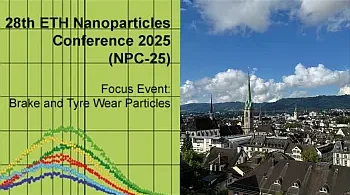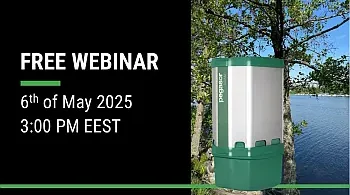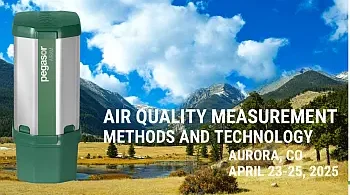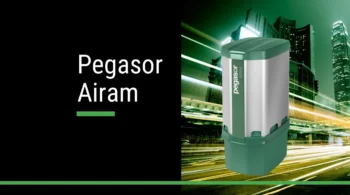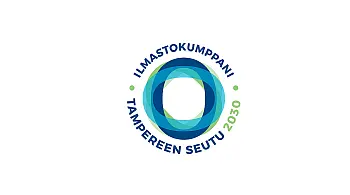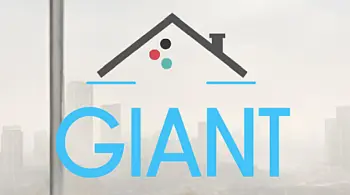News
Pegasor Website Now Available in Six Language...
We’re happy to share that the Pegasor website is now accessible in six languages:English,...
Pegasor Website Now Live in German
We’re happy to share that the Pegasor website is now also available in German. This addition...
Pegasor to exhibit at ETH Nanoparticles Confe...
Pegasor will be exhibiting at the ETH Nanoparticles Conference in Zürich, taking place on June...
Pegasor Website in Italian
We are pleased to announce that the Pegasor website is now available also in Italian. This new...
Join Our Webinar: Ultrafine Particle Monitori...
We are excited to invite you to our upcoming pegasor webinar on ultrafine particle (UFP)...
Pegasor at the 2025 AWMA Measurement Conferen...
Pegasor will be participating in the upcoming 2025 Air Quality Measurement Methods and Technology...
Pegasor Collaborates on UNIC Project on Aviat...
We are proud to announce our participation in the European Union’s UNIC project, Understanding...
Introducing the New Pegasor Airam
We are proud to present the redesigned Pegasor Airam UFP monitor, a testament to our commitment to...
Holiday closure
The holiday season is here, and we at Pegasor are getting into the festive spirit! We want to let...
New EU Air Quality Directive Strengthens UFP ...
The European Union has officially adopted its new Air Quality Directive, introducing stricter...
The New EU Air Quality Directive Comes Into F...
Today marks a pivotal milestone in environmental legislation as the new EU Air Quality Directive...
Pegasor joins climate partnership program
We are proud to announce that Pegasor has joined the Tampere Region Climate Partnership Program!...
Pegasor takes part in GIANT – project
We are excited to announce that Pegasor is a proud participant in the GIANT (Global trends in IAQ:...
佩卡索尔网站中文版 – Pegasor w...
To better serve our customers and partners in Asia, we’re excited to announce the launch of the...


